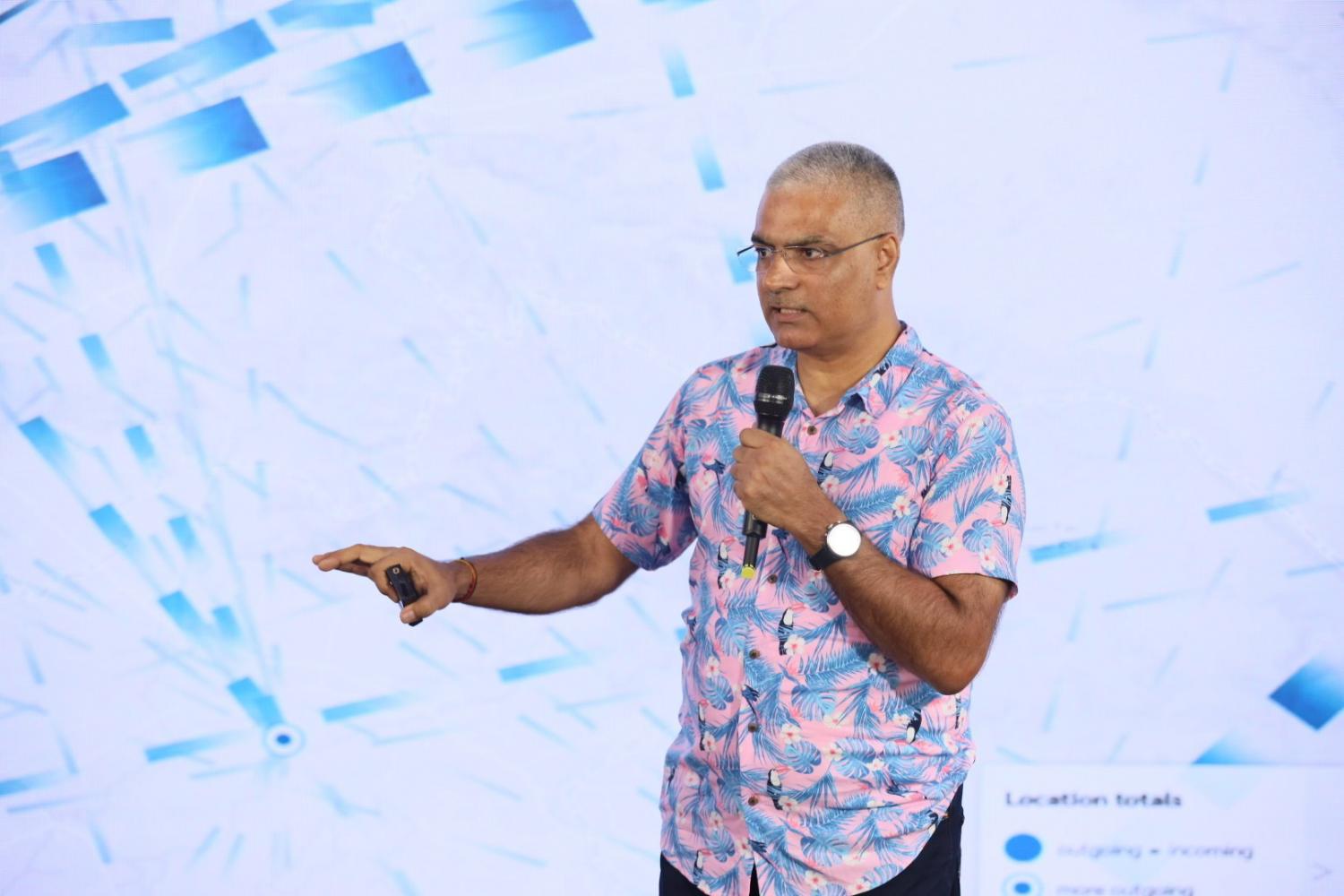
SET-listed mobile operator Total Access Communication (DTAC) has joined hands with other parties to capitalise on mobility data in a study aimed at supporting the second-tier provincial tourism drive through three key strategies -- micro-tourism, experience-based overnight tourism, and tourism clusters.
Other parties that took part in this research project were the National Digital Economy and Society Commission, Chulalongkorn University, and Boonmee Lab.
The study used mobility data from June 2020 to October 2021. The data was drawn randomly from around 10% of DTAC's mobile subscribers, who gave permission for analysis of their data and who had travel patterns in line with a stipulated tourism definition.
DTAC chief executive Sharad Mehrotra said the study of movement patterns and concentrations of tourists in Thailand would be useful for public policymaking, including the tourism sector.
"The use of mobility data with anonymity, privacy and cybersecurity rules can support the study of people's behaviour, environmental monitoring, transportation, social networks and businesses," he said.
"Tourism stakeholders in Thailand should turn the pandemic crisis into an opportunity by resetting the industry with more comprehensive data, and better understand the circumstances and balance between international and domestic tourism."
Nattapong Punnoi, a lecturer at the Urban and Regional Planning Department of Chulalongkorn University's Faculty of Architecture, said data is a powerful tool for urban planning.
The mobility data was drawn from mobile signals sent via cell sites that can identify the locations of users at the tambon level. The focus was on those who travelled out of their provinces during weekends.
According to the study, 40% of travellers were male, 35% were female, and the remainder did not provide information regarding their gender. Some 54% resided in Bangkok. A total of 47% of them were aged between 21 and 40 years old, 35% of them were aged between 41 and 60, 14% were over 60, and 4% were aged 20 or under. When it came to types of travel, 67% stayed at destinations overnight, while 35% took a day trip.
The researchers came up with three key policy recommendations to promote tourism in secondary provinces.
The first is called micro-tourism, which refers to sightseeing within an hour or two of home, or 150 kilometres away, by encouraging operators to create and combine tourism activities into local production processes, such as craftmanship, cooking classes, fruit-picking tours and historical tours.
The research showed that Nakhon Si Thammarat province has the highest potential for developing micro-tourism, followed by Chiang Rai, Nakhon Phanom, Lamphun, Nakhon Nayok, Ranong, Phetchabun, Ubon Ratchathani, Mae Hong Son and Phatthalung.
The second recommendation involves experience-based overnight tourism, which drives local economies through overnight stays.
The province with the most potential to attract tourists in this category was again Nakhon Si Thammarat, followed by Phetchabun, Chiang Rai, Ubon Ratchathani, Phitsanulok, Chumphon, Chanthaburi, Sri Sa Ket, Buri Ram and Loei.
The last recommendation concerns the so-called tourism cluster, which is a group of tourist attractions within a limited geographic space, provided with high-quality equipment and services, social and political cohesion, links between production chains and associative culture, and excellent company management that provides comparative and competitive strategic advantages.
The top potential provinces here are Nakhon Sawan, Chai Nat, Sing Buri, Ang Thong, Ayutthaya and Pathum Thani.
"DTAC hopes that mobility data will help researchers to integrally understand movement patterns and concentrations of tourists, advancing academic research methodology to the next level," said Mr Mehrotra.







